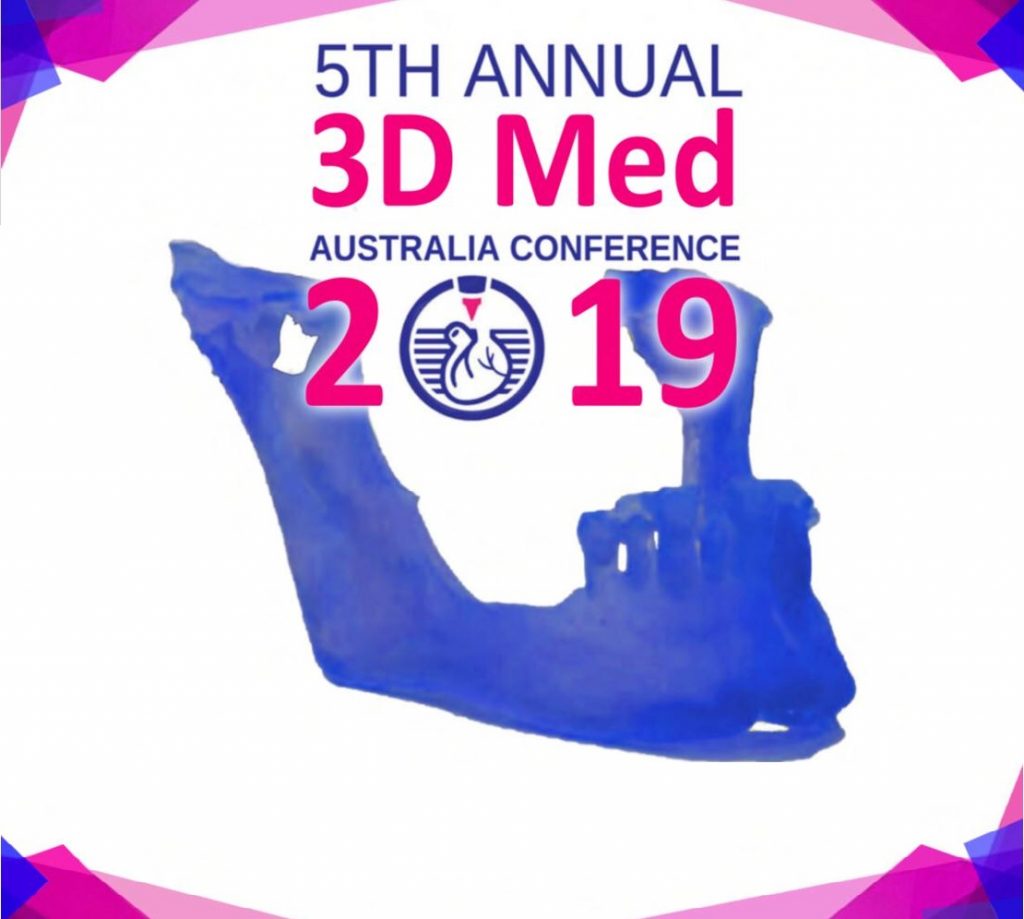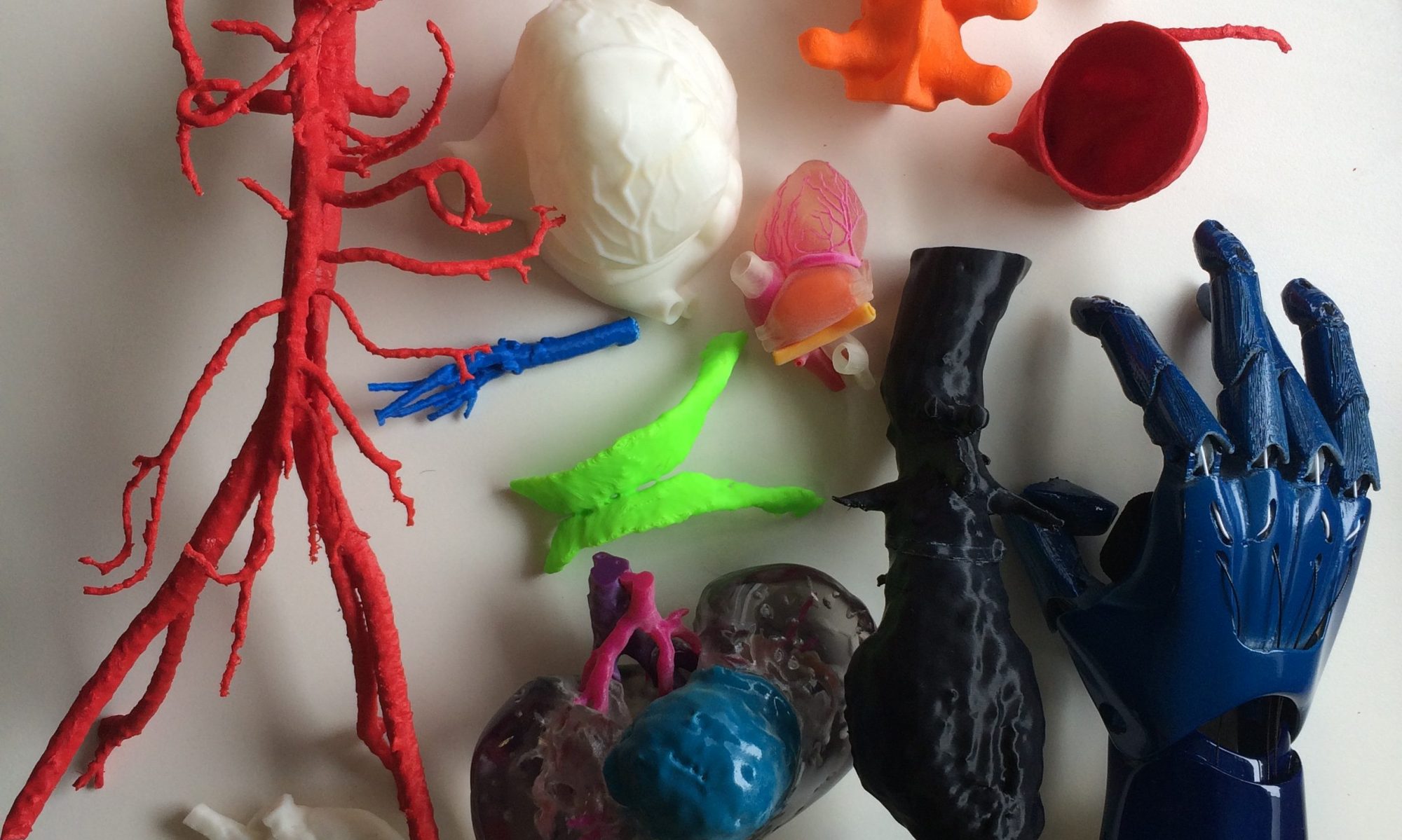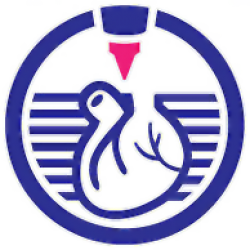
Quickshot Session 1
Friday November 15, 5.00-6.00pm
| Speaker | Institution | Talk Title |
| Cynthia Wong | QUT | Fabrication of Tailorable 3D Printed Scaffolds for Pelvic Organ Prolapse |
| Nicholas Green | Queensland Unit for Advanced Shoulder Research | 3D Glenoid Graft Evaluation and Joint Line Restoration After Bone Grafting and Reverse Shoulder Arthroplasty |
| Marine Launay | Queensland Unit for Advanced Shoulder Research | Glenoid Version in Normal Scapulae: Establishing a Relationship between Scapular and ISB Coordinate Systems |
| Ana Morris | School of Design, Victoria University of Wellington | Communicating Possibilities at the Voxel Level |
| Lachlan Dowling | UNSW Faculty of Medicine | 3D Scanning: a Novel Technique for Lower Limb Plethysmography |
| Suzannah Dewhurst | Riverina Endovascular | 3D Scanning of Chronic Leg Ulcers: Towards a Quantitative Approach |
| Mark Allenby | QUT Royal Brisbane and Women’s Hospital | An Intelligent Risk Stratification Software to Predict Intracranial Aneurysm Rupture |
| Nicholas Aroney | Queensland Health Griffith University University of Queensland | 3D Printing in Cardiology Structural Intervention – A Clinical Experience |
| Olivia Ng | School of Mechanical and Manufacturing UNSW School of Medicine, Prince of Wales Hospital NSW | Regular Non-Invasive Surveillance of Arteriovenous Fistulas |
| Brennan Timm | North Eastern Urology | A 3D Modelling Representation of How BPH May Cause Underappreciation on MR Prostate of Peripheral Zone Lesions in Prostatectomy Proven Prostate Cancer |
| Jonathan O’Brien | Alfred Health | Three-Dimensional Printing in Urology: Contemporary Applications and Future Directions |
Quickshot Session 2
Saturday November 16, 8.00-8.30am
| Speaker | Institution | Talk Title |
| Sam Francis | St Vincent’s Hospital, The University of Melbourne | Rapid Isolation of Stem Cells to Treat Cartilage Defects in One Surgical Biofabrication Procedure |
| David Forrestal | QUT | Cell Culture within Large Patient-Specific Implants |
| Jiongyu Ren | Herston Biofabrication Institute, QUT | Bioinspired Polycaprolactone and Strontium-Substituted Bioactive Glass Composite Scaffolds for Bone Regeneration |
| Thomas Chow | The University of Melbourne | Assessing the Growth of Human-Derived Osteosarcoma Tumour Cells Within Hydrogel Scaffolds for the Development of a 3D-Printable Osteosarcoma Organoid |
| Naomi Paxton | QUT | Personalised 3D Printed Surgical Implants for Bone Regeneration |
| Xinxing Chen | UNSW | Systematic Evaluation of a Micro-Based 3D Cell Bioprinter with Particle Tracking Velocimetry Method |
Abstract submissions for #3dMed19 have now closed. Congratulations to successful presenters!
The 3dMed Australia 2019 Conference abstract submission is now open. Please make sure that you read the Abstract Submission Guidelines before making your submission using the Electronic Form by the Close of Business on Monday 16 September 2019.
Successful presentations will be announced Monday 23 September 2019.
We welcome papers in the following areas:
- Clinical Applications of 3D Imaging & Analysis, 3D Modelling or 3D Printing (including Bioprinting)
- The Medical Industry, Technology and Clinical Interface: Collaboration, development and commercial issues in the growing 3D MedTech Industry
- 3D Medical Technologies for Patients and the Community: Exploring how 3D Technologies are influencing society, community and trends in patient care. We encourage these papers to be targeted for a diverse and non-scientific audience.
- Simulation and Teaching: The use of 3D visualisation, modelling, and printing for simulation and education of clinicians, patients, and medical device development.
- Regulation and Ethics: Managing 3D datasets, software models and additive manufacturing can be a minefield for regulatory authorities and existing intellectual property legislation. Share your insights into how we are navigating this Brave New World.
- Virtual and Augmented Reality: Virtual Reality and Augmented Reality hardware is now at a tipping point of reliability, affordability, and adaptability with rapid growth in its application in teaching, simulation, clinical care and therapy.
- Other: There are plenty of topics which we are sure we have not thought of. Please demonstrate your innovation and enthusiasm by leading us into the unknown unknowns of 3D Medical Technologies!
We will be assigning worthy projects to Poster and Podium Presentations, so please be prepared for both, and make sure that you read our Submission Guidelines below.
Good luck, and start writing!
Abstract submission deadline
- The deadline for receiving abstracts is Monday 16 September 2019 considering the date of completion and submission of the electronic form. Abstract submission does not require registration for the conference.
Submission
- The abstracts should be sent online using this electronic form.
- Any changes to the abstract prior to the closure date should be made via a resubmission on the electronic form. Amendments submitted after this date may not be accepted by the Scientific Committee.
- Abstracts are encouraged to fall within the offered categories, however we are willing to consider abstracts which do not fit perfectly as long as they have merit and relevance.
- Abstracts should be a maximum of 300 words including Introduction, Methods, Results and Conclusion including any references. No diagrams will be accepted in the abstract submission, though they will be permitted in the final presentation or poster.
The Scientific Committee
- The abstracts will be reviewed by the Scientific Committee of the 3DMed Australia Conference 2019.
- Original works, not presented in other conferences or published elsewhere, will be given priority.
- The Scientific Committee will decide on the format of the accepted paper (taking into consideration the author’s preference) as either:
- oral podium presentation
- poster session with oral presentation
- poster only without oral presentation (not eligible for prizes)
- The Scientific Committee will decide on acceptance of papers based on:
- scientific and methodological quality
- relevance, impact and value of content
- The decision of the Scientific Committee is final and will not be entered into.
- The results of abstract selection will be communicated at the latest via email to the submitting author by Monday 23 September 2019.
Presentation at the Conference
- Upon acceptance, the presenting author is required to register for attendance at the conference.
- Podium presentation, poster presentation, and poster display will not be permitted if the presenting author does not register for and attend the conference.
- The session, timing and format of the presentation or poster will be communicated to the presenting author after acceptance of the abstract.
- Posters and presentations may be recorded for promotional purposes and placed on a publicly accessible website. If the authors do not wish their paper to be recorded or made available then please inform the conference organisers.
Prizes and Awards
- One or more prizes may be offered during the conference for presentations based on content and quality. The selection and awarding of these prizes is at the discretion of the Scientific Committee.
- The Best Trainee Presentation Prizes will only be eligible to students registered at a secondary or tertiary institution, specialist trainees in a medical college training program, or junior doctors in a public or private hospital. This will be awarded at the discretion of the Scientific Committee.
Conflict of Interest Disclosures, Ethical Behaviour and Patient Confidentiality
- Potential relevant conflicts of interest should be declared at the time of presentation or within the poster.
- Patient privacy and confidentiality should be respected at all times. We ask that any identifiable content be obscured or deleted in order to protect patients from re-identification.
- The conference values diversity and respect for all peoples. We encourage patient, client and consumer engagement. Please be mindful of comments, statements or content in your paper which may offend others.
- Failure to declare conflicts or breach of ethical standards may result in removal of papers from the conference or published proceedings.

